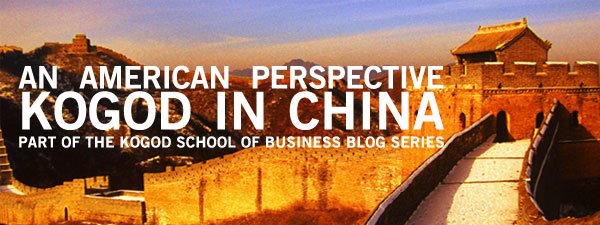From Wuxi it’s a two hour ride North to Nanjing, a major city on the Yangtze River. Here we visited the French Hypermarche Carrefour and got a reality check on the differences between Chinese supermarkets and those in the USA - big difference (by the way, you have to pay for your bags!) In terms of tourist sites, we visited the Sun Yat Sen mausoleum, the nanjing massacre memorial and the Yangtze River bridge. Sun Yat Sen was the founder of modern China in the sense that he was able to topple the last emperor and install a fledgling democracy in 1912…he is revered in the same sense that we in the US revere George Washington, in the case of Sun Yat Sen, however, democrat rule was not to last and his party, the Kuomintang collapsed under the pressure of communist opposition led by Mao in 1946 - 1949…it is interesting in talking to our guides how much the KMT was hated for failing to repel the Japanese invaders and its tolerance of huge economic inequalities. This has a huge influence on the average Chinese perception of the “renegade province” Taiwan, no matter who we speak to – we get the typical party line that one day the two will be reunited and the KMT will see the error of their ways…hmmmm.
The Nanjing Massacre memorial pays respect to and honors the memories of the 300,000 citizens of Nanjing who lost their lives to the atrocities of Japanese invasion forces in 1937 – the crimes committed were appalling and the museum does a wonderful job of honoring the innocent victims. The Yangtze bridge is a fascinating triumph of circa 1962 Chinese engineering…it is anchored at each end by statues of students, soldiers, farmers, and others marching in celebration of communism…what is amazing though is that this is the first crossing of the Yangtze river and it was only completed (initially with Soviet help) in 1962 – imagine if the Mississippi had not been crossed until then – it’s another indicator of how far China has come…but! The problem now is that the bridge is too low and large ships cannot get further upstream…this in turn inhibits economic development in the inland areas…100s of trains also use the bridge daily and because of its historical significance there is resistance to replacing it…there is apparently a plan to build a canal around Nanjing to allow larger ships access…given the population density of this city (over 10 million), it’s hard to believe that this is viable – but – this is China – anything seems possible here.
Also in Nanjing we visited a high tech development zone and got the normal pitch about the organizational efficiencies in the zone: its ecological balance, high living standards, attractiveness to foreign multinationals and so on…..we then visited China Sunergy, maker of PhotoVoltaic cells for the solar energy industry. We saw solar cells being made, the clean room and what looked to be a lot of Italian made manufacturing equipment.



 Students in front of the China Development Bank in Beijing - the column is made of stone from the Three Gorges Project which was financed by the CDB.
Students in front of the China Development Bank in Beijing - the column is made of stone from the Three Gorges Project which was financed by the CDB.  During the tour of the Olympic facilities, there was a group of Uyghurs there as well. The Uyghur is a minority group in the north (Muslim) who have been advocating for autonomy.
During the tour of the Olympic facilities, there was a group of Uyghurs there as well. The Uyghur is a minority group in the north (Muslim) who have been advocating for autonomy.


